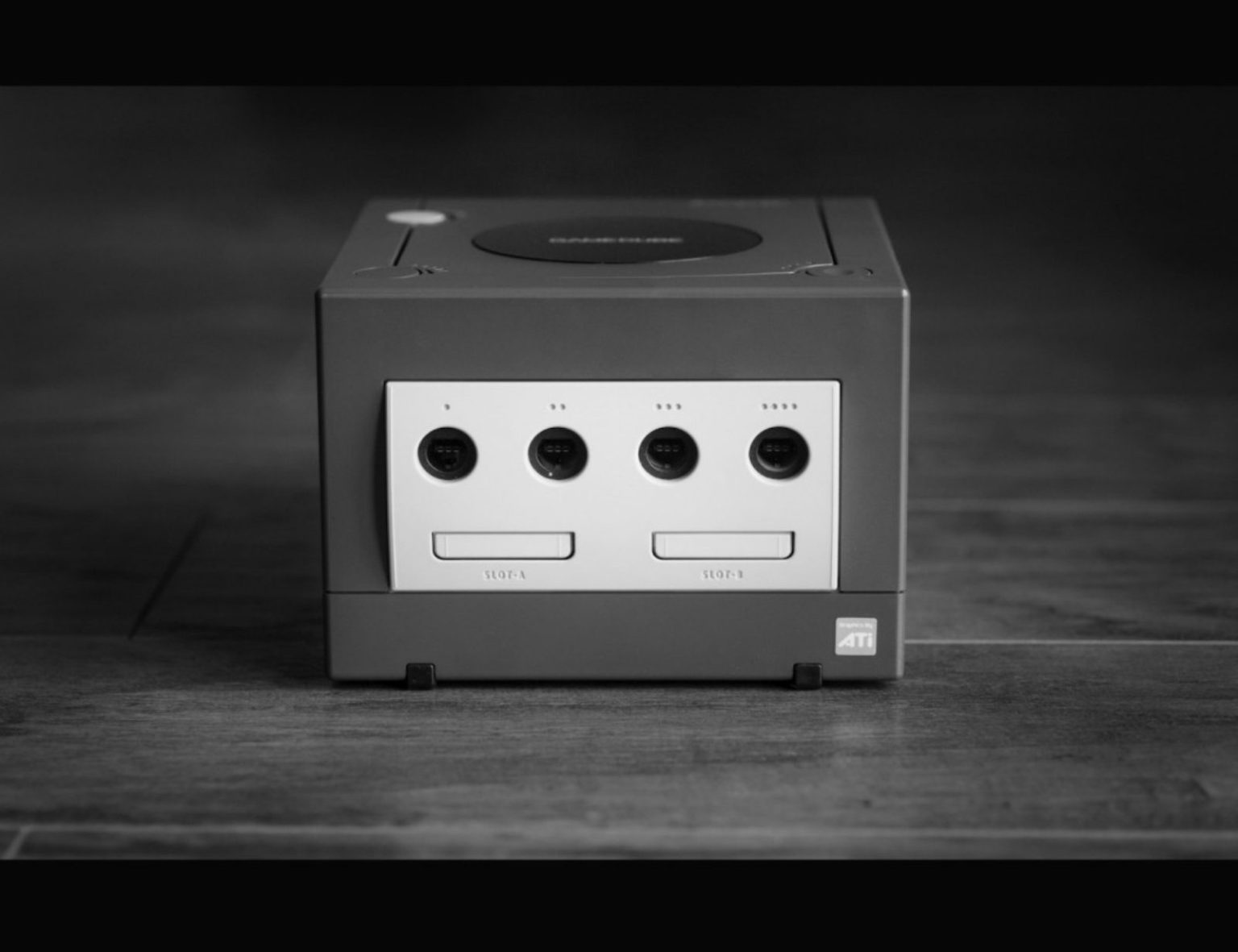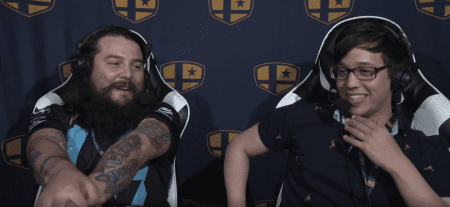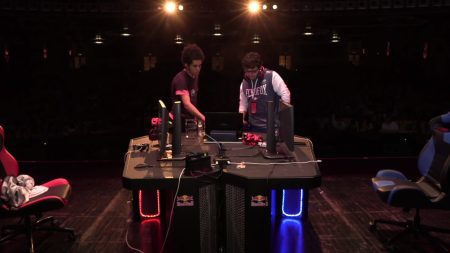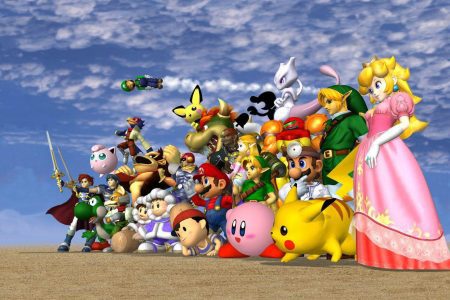The Book of Melee is the Perfect Primer on the Storied History of Competitive Melee
I’ll get this out of the way first: The Book of Melee is pretty good!
Written by Anokh Palakurthi under the pen name “Edwin Budding,” The Book of Melee is a short but comprehensive e-book covering the competitive history of Nintendo’s 2001 fighting game, Super Smash Bros. Melee. Weighing in at a slim 155 pages (technically 257, but 102 of those pages are dedicated to footnotes), The Book of Melee is a quick and palatable read, detailing the competitive scene from its nascent beginnings in basements to the end of Genesis 6, the most recent Melee super major as of the time of publication.
In comparison to the 2013 documentary The Smash Brothers, which interwove the competitive history of the game with episodes that were centered around specific key individuals, The Book of Melee is written through a more detached and objective lens. With 26 chapters that each cover a small slice of Melee history, events are summarized and contextualized in a concise manner. The stakes are always well-explained and defined, with the narration never losing sight of what is important to whom and why. As someone who’s longed for more long-form Melee content, it was a joy to read, though I’ll admit that I would’ve been happy just for someone to write knowledgeably about a hobby of mine that is typically underrepresented in traditional games media.
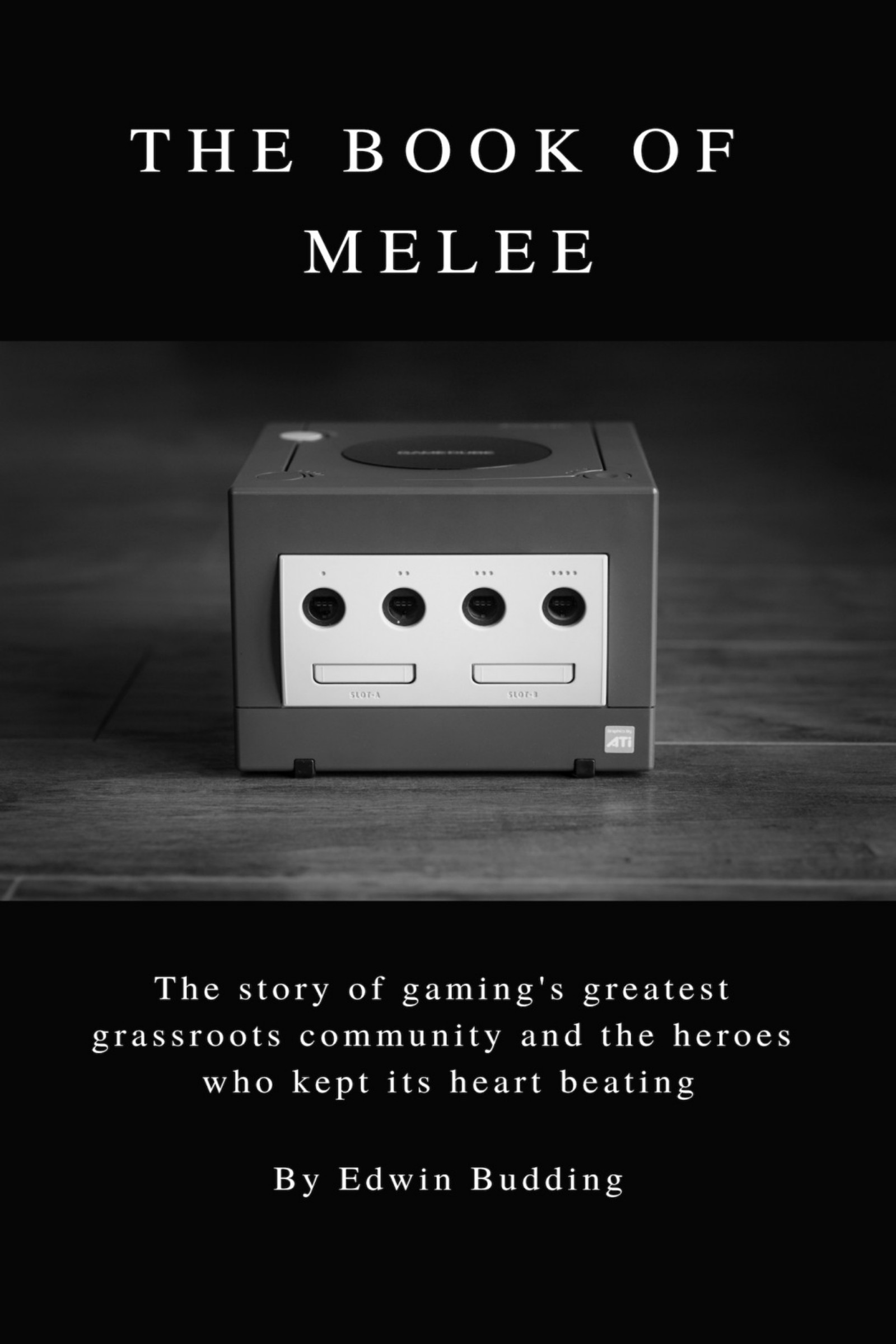
Palakurthi has cited renowned sportswriters Dr. Z and Bill Simmons, along with The World of Ice and Fire — a lore and world-building companion book to George R. R. Martin’s A Song of Ice and Fire series — as strong inspirations for the book. The influences are notably felt in both overt and subtle ways; for example, Palakurthi’s usage of footnotes, which act more like parenthetical asides than official citations, reminded me strongly of Bill Simmons’ website Grantland and its implementation of clickable side notes. The writing style remains mostly objective, but has hints of the mythmaking and dramatization of sports and athletes that Bill Simmons was capable of at his best (back when he actually wrote columns). Actually, if anything, I wish Palakurthi had leaned into this more. It sometimes reads as if he’s trying to restrain his love and appreciation of Melee in favor of accessibility and neutrality, though I respect that he’s aiming for some semblance of objectivity.
Characters weave in and out of the story, with veterans popping back in when one might least expect them to; this admittedly gives the story a bit of an A Song of Ice and Fire feel, with many chess pieces that are moving independently but also converging at points for bouts of climactic action. There are no major tournaments that aren’t included that I can place, though there are some I personally might have lobbied to have more page time than others. It’s also consistent with my perceptions of events as they happened, so if you can take my word for it, rest assured that everything is likely to be historically accurate.

The writing is also solid on a sentence by sentence level, though I did notice some incorrect details (such as labeling Halo as an NES title, for example), as well as a handful of sentences that could have used an additional comma or level of polish. Occasionally, the grandiosity of the moment and the stakes being described outstrips Palakurthi’s skill as a wordsmith, with some sentences reading as unnecessarily clunky. However, given that he could have easily settled for writing extremely cheesy or overwrought sentences, I was pleased with the overall readability of the book.
I do have several quibbles with the presentation of certain factors. The dominance of the “gods of Melee“ — five players who were the only ones to win notable tournaments for a 7+ year stretch — was noticeably underemphasized, for one. Their stranglehold over the competitive scene from 2013 to 2018 (frequently referred to as the “Platinum Age”) is almost unprecedented, and additional context on the stakes would have lent more gravitas to a naming convention that can easily be interpreted as overdramatic. It also would have supplied the the latter half of the book with a more prominent narrative throughline of the several notable players trying to end the reign of the gods. Coverage of the most recent years was more dense due to the increased frequency of events, but it also felt like it lost some of the narrative allure, sometimes devolving into tracking who was #1 at any given time.
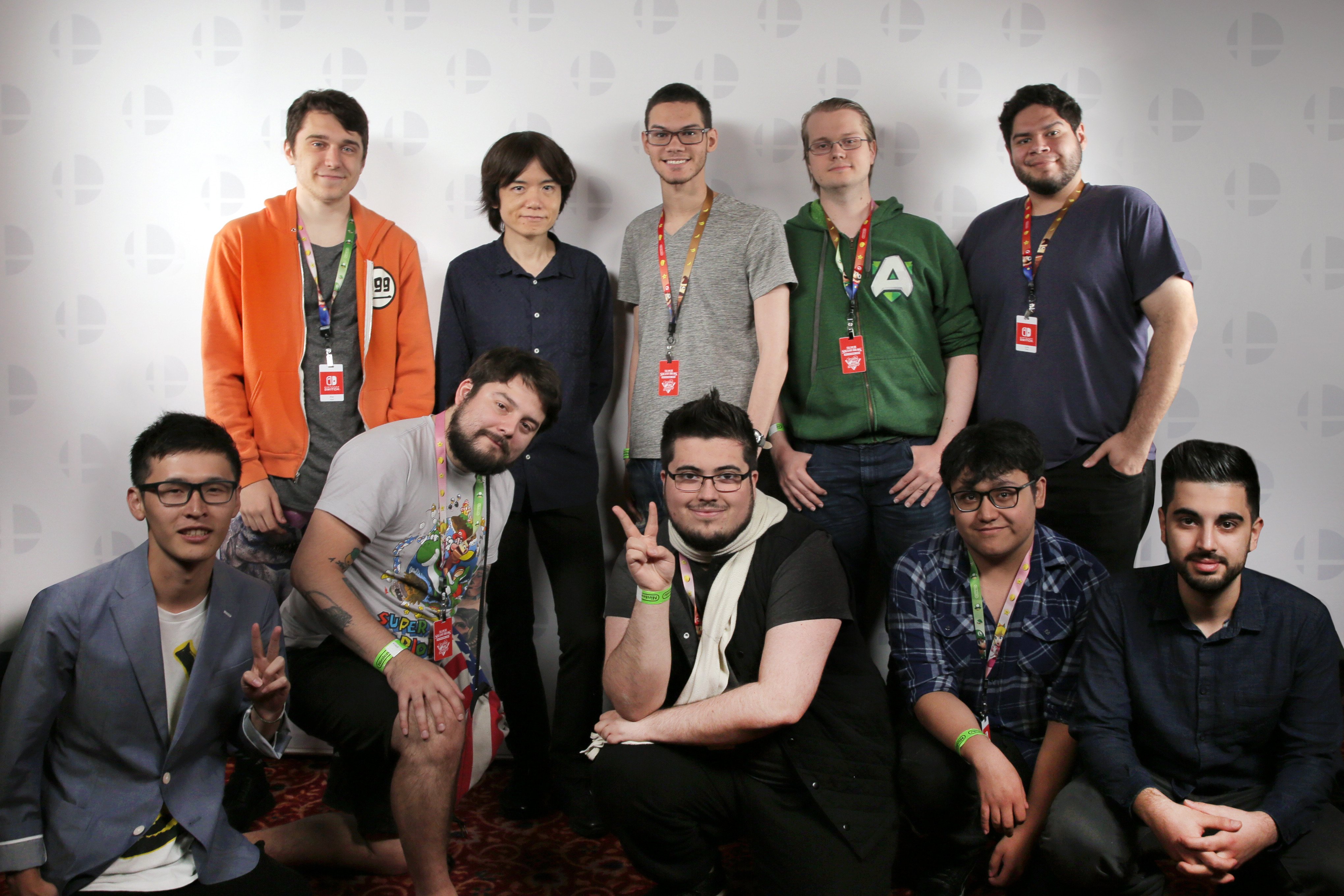
If any factor felt critically missing, however, it was Melee’s place within the environment of competitive Smash as a whole, specifically in regards to the other games in the series. One of competitive Melee’s most defining aspects is its longevity, especially in spite of numerous sequels. The game’s steadfast popularity for nearly two decades has had a butterfly effect on the rest of the Smash scene, from Melee’s sometimes contentious history with the Brawl and greater fighting game community to the sometimes antagonistic, sometimes cooperative relationship with series director Masahiro Sakurai and Nintendo themselves, which felt underexplored. These are delicate topics, though, and the desire to cut it for a narrative that focuses more on tournament results is understandable.
As I said above, though, all of these are relatively minor blemishes in what is a largely entertaining and well-written chronicle of Melee’s history. I think The Book of Melee is a great read. If you love Melee, you should read it. If you play Ultimate competitively but never knew a ton about the history of competitive Melee, I think you should read it. In fact, if you care about competitive Smash at all, even the littlest bit, you should read it.
One final note I want to make is about the book’s epilogue. It read to me as intentionally styled like the last scene of a high school sports movie, where the future endeavors of all the named characters are written out in white text on black. And Palakurthi’s closing words — which I won’t reveal here — got me so pumped up to play Melee. And how many other books can you say that about?
You can download The Book of Melee here. Choose your own price, meaning you can read it for free if you want!
Huge video game, comic book, and anime fan. Spends way too much time watching things he doesn’t like. Hates Zack Snyder. Mains Falco.


